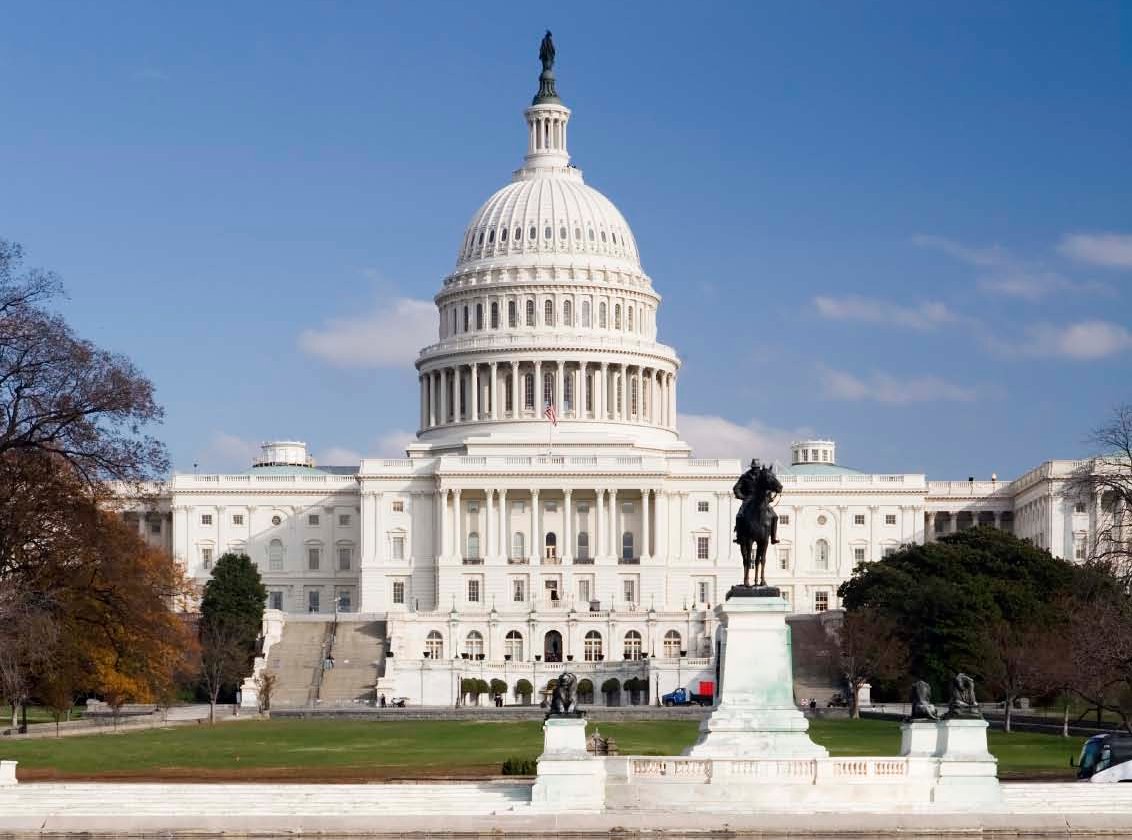January 2012, Vol. 239 No. 1
Government
Obama Signs New Pipeline Safety Bill; PHMSA Starts Rulemaking On EFVs

The new pipeline safety bill President Obama signed in December gives PHMSA new latitude to expand integrity management requirements to new areas and require new industry safety measures such as automatic or remote-controlled shut-off valves.
But the Pipeline and Hazardous Materials Safety Administration (PHMSA) will have to jump through more flaming hoops than a circus performer before it can issue final rules.
The new Pipeline Safety, Regulatory Certainty, and Job Creation Act of 2011 (H.R. 2845) requires PHMSA to first do a number of studies and reports, submit them to Congress, meet congressional thresholds for enacting any new standards and in one important instance gives Congress an opportunity to forestall any new standard.
The final bill generally pleased all industry groups, including INGAA. INGAA is already voluntarily extending integrity management procedures beyond what are called High Consequence Areas–deemed areas with high population density. The bill gives PHMSA authority to require extension of IM processes.
First, it must make an evaluation of whether extension of IM procedures is necessary and economically justified, based on criteria the bill lays out. PHMSA has two years to make that evaluation. It must then submit its thoughts to Congress. Then Congress has one year to pass legislation based on the PHMSA report or pass legislation prohibiting PHMSA from acting. If Congress does nothing, PHMSA can act on its own.
PHMSA also has to jump through numerous hoops before requiring interstate pipelines to install automatic or remote-controlled shut-off valves. It can only do so two years after the bill’s passage and after determining such a requirement is “economically, technically, and operationally feasible” and can require installation only on new pipelines.
The bill uses identical language with regard to any PHMSA rule requiring distribution pipelines to install excess flow valves (EFVs) on lines serving apartment buildings, commercial and industrial facilities. The current PHMSA rule, enacted as a result of a provision in the last (2006) pipeline safety bill, limits installation of EFVs to new, single-family homes. The National Transportation Safety Board (NTSB) has a long-standing recommendation (see item below) to require EFVs for all residential, commercial and industrial buildings.
Among the most significant of the bill’s 31 sections is one related to maximum allowable operating pressure (MAOP). MAOP, like remote-controlled shut-off valves, was the subject of recommendations from the NTSB as a result of its investigation of the PG&E gas pipeline explosion in San Bruno, CA.
The NTSB recommended Congress remove the provision in current law that exempts gas transmission pipelines constructed before 1970 from hydrostatic testing to determine the line’s maximum allowable operating pressure; and require post-construction hydrostatic pressure tests of at least 1.25 the maximum allowable operating pressure in order for manufacturing- and construction-related defects to be considered stable.
The bill does remove that exemption; it requires PHMSA to publish within 18 months rules for testing “the material strength” of previously untested pipelines within HCAs. But it goes further by saying PHMSA must require interstate and intrastate pipelines to verify that the MAOP of pipelines in class 3 and class 4 locations and class 1 and class 2 HCAs accurately reflect their physical and operational characteristics.
Pipeline owners would have to submit to PHMSA within 18 months of the bill’s passage documentation where their records are “insufficient” to confirm the established MAOP. Any time pressure on a pipeline exceeds MAOP the company would have to report that to PHMSA within five days.
The bill addresses the issue of excavation damage. It requires states to eliminate current exemptions for certain participants in one-call notification systems if that state wants to get federal excavation damage prevention grants.
PHMSA Starts Rulemaking On EFVs
PHMSA announced the start of a rulemaking designed to determine whether it should expand its requirement on distribution pipelines to install excess flow valves (EFVs). The advanced notice of proposed rulemaking (ANPR) essentially gives PHMSA a head start on implementing one of the sections in the Pipeline Safety, Regulatory Certainty, and Job Creation Act of 2011 (see above).
Currently, intrastate pipelines must install EFVs for new single-family residential homes and on replacement lines for older homes, unless certain exceptions apply. That requirement was a direct result of congressional language included in the Pipeline Inspection, Protection, Enforcement, and Safety (PIPES) Act of 2006. But the requirement falls considerable short of a June 2001 recommendation from the National Transportation Safety Board (NTSB) which recommended “that excess flow valves be installed in all new and renewed gas service lines, regardless of a customer’s classification, when the operating conditions are compatible with readily available valves.”
The new pipeline safety bill says PHMSA can only require EFVs in lines serving buildings besides single family homes if that requirement is “economically, technically, and operationally feasible.” The PHMSA published an “Interim Report” in April 2011 on installation of EFVs which was based on two public meetings it held on the subject in the summer of 2009.
The report talks about the technical standards it believes need to be developed before any requirement can be instituted, if in fact any requirement is justified based on the economics. It also puts forward the possibility of mandating curb valves instead of EFVs for commercial and institutional buildings.
The American Gas Association would likely oppose a requirement to install EFVs on lines going to apartment building, institutional, commercial, and industrial customers. Even the National Association of Pipeline Safety Representatives is skittish about any such requirement, saying it must “be carefully considered because of the variability in loads that can occur at such establishments.”





Comments